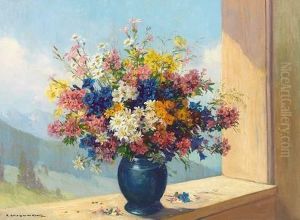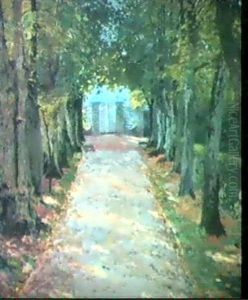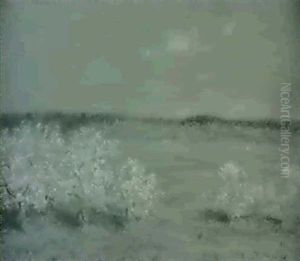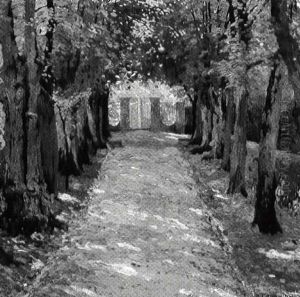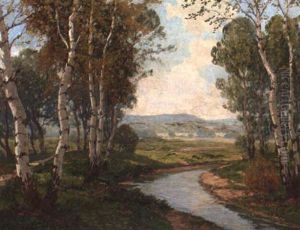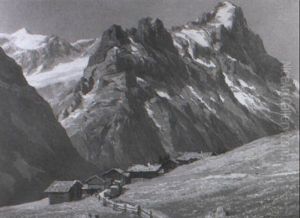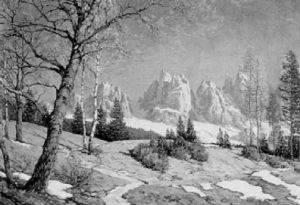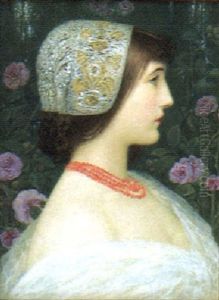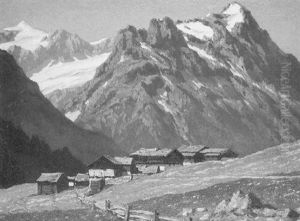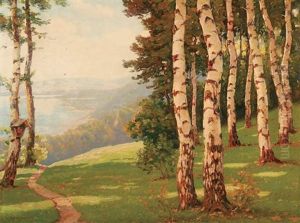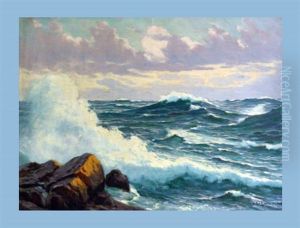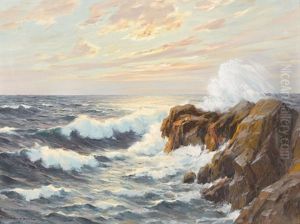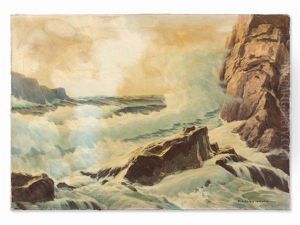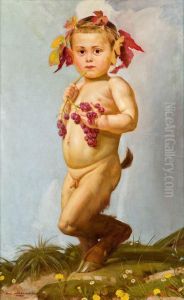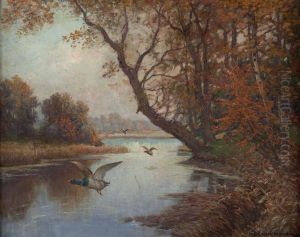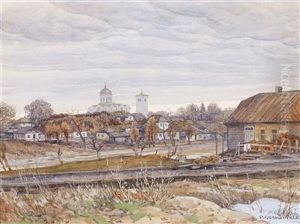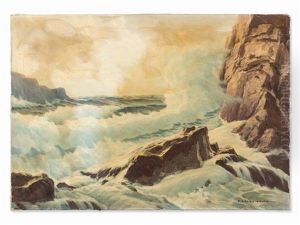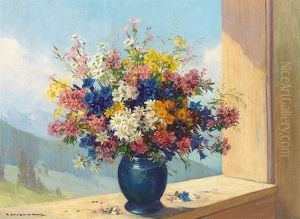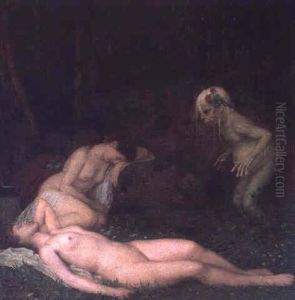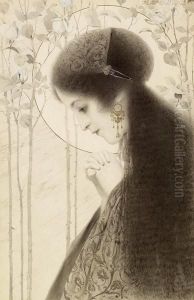Paul Grabwinkler Paintings
Paul Grabwinkler was an Austrian painter, born in 1880 in Salzburg, Austria. His artistic journey began at a young age, deeply influenced by the rich cultural heritage and picturesque landscapes of his homeland. Grabwinkler's early exposure to the natural beauty of the Austrian countryside would later profoundly impact his artistic style, characterized by vibrant colors and dynamic, expressive landscapes.
Educated at the Vienna Academy of Fine Arts, Grabwinkler was a student under the guidance of prominent artists such as Christian Griepenkerl and Franz Rumpler. These early academic experiences provided him with a solid foundation in traditional painting techniques and the principles of classical art. However, Grabwinkler's style evolved significantly throughout his career, as he began to experiment with more modernist approaches, including Impressionism and Expressionism. This transition marked a significant shift in his work, moving from detailed realism to a more abstracted, emotive representation of nature and human figures.
Despite facing the tumultuous events of the early 20th century, including the First World War and the rise of National Socialism, Grabwinkler remained dedicated to his art. He continued to produce works that reflected both the beauty and the pain of the era, often incorporating symbolic elements to convey deeper meanings. His contribution to Austrian art during this period was significant, as he captured the spirit of his time with both sensitivity and boldness.
Grabwinkler's legacy is that of a bridge between the traditional and the modern. By integrating the techniques of his predecessors with the innovative ideas of his time, he created a body of work that remains relevant and admired. Despite his death in 1946, his art continues to be celebrated for its unique blend of realism and abstraction, its emotional depth, and its profound connection to the Austrian landscape and culture.
